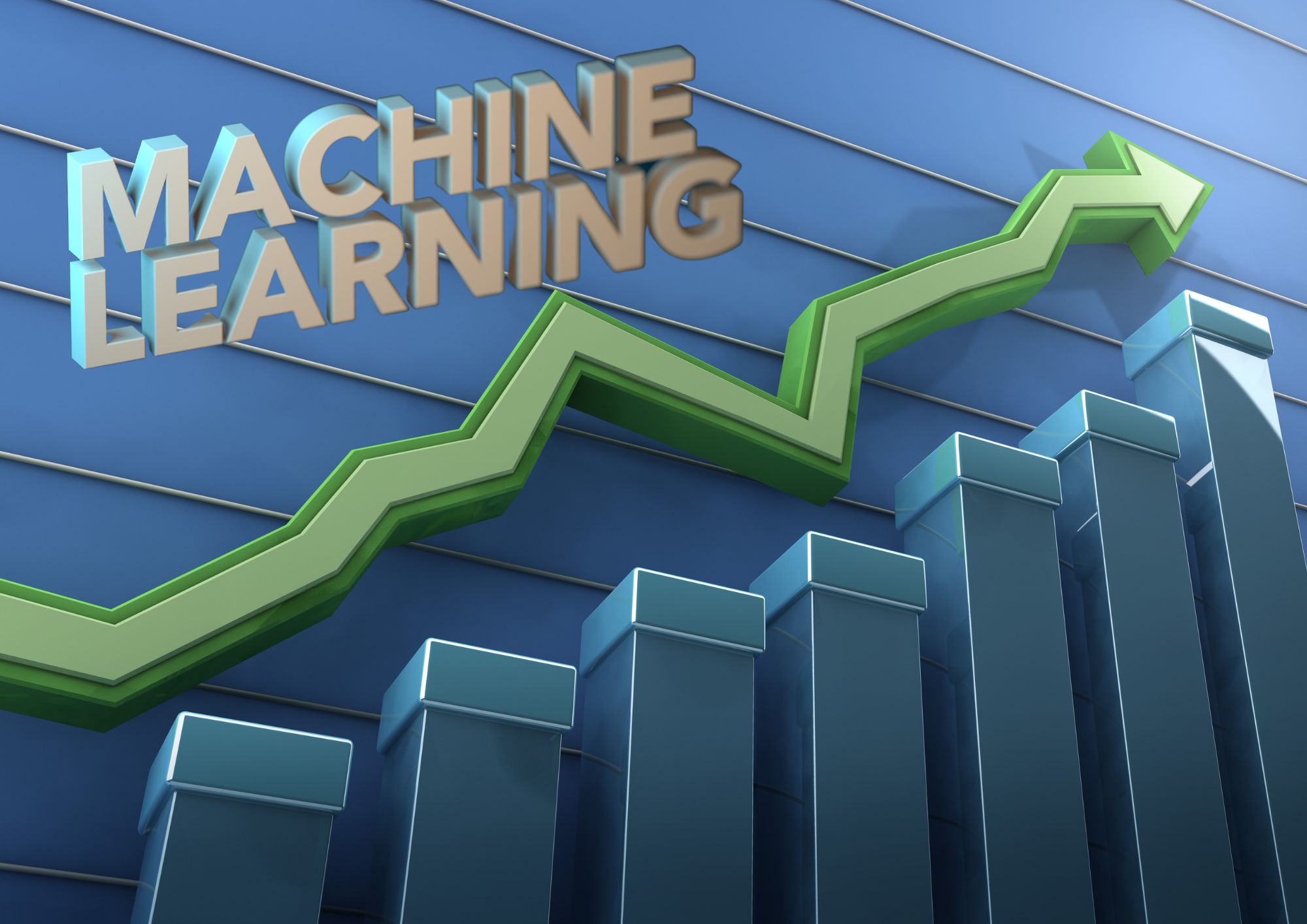In recent years, the future of machine learning has become a hot topic in the tech industry.
With rapid advancements in AI trends and technology predictions, experts are constantly seeking to understand the direction in which machine learning is headed.
In this article, we’ll explore the future of machine learning, delve into quantum machine learning, and examine real-world examples, programming codes, facts, and figures.
Get ready for an exciting journey into the ever-evolving world of artificial intelligence! 😃
AI Trends and Predictions
The future of machine learning is deeply intertwined with AI trends and technology predictions.
As machine learning algorithms improve, AI will become more advanced, more versatile, and more integrated into our daily lives. Here are some AI trends to watch:
Natural Language Processing (NLP)
NLP has seen substantial progress in recent years, allowing AI to understand and generate human language more accurately.
GPT-4, for example, can generate human-like text with minimal input, opening up new possibilities for customer service chatbots and automated content creation.
Generative Adversarial Networks (GANs)
GANs have revolutionized image and video synthesis by enabling AI to generate realistic images and videos from scratch.
Researchers predict that GANs will continue to advance, leading to more sophisticated applications in advertising, entertainment, and virtual reality.
Reinforcement Learning (RL)
RL algorithms learn by trial and error, gradually improving their performance through interaction with an environment. As RL algorithms evolve, they’ll enable AI to tackle complex tasks in robotics, finance, and other domains.
Quantum Machine Learning
Quantum machine learning is a groundbreaking field that combines the power of quantum computing with machine learning techniques.
It has the potential to revolutionize the future of machine learning by enabling exponential speedups in training and inference.
Quantum Algorithms
Quantum algorithms, such as the Quantum Approximate Optimization Algorithm (QAOA), show great promise for solving optimization problems more efficiently than classical algorithms.
In the future, quantum algorithms may significantly improve the performance of machine learning models.
Quantum Hardware
Quantum hardware, like the D-Wave quantum annealer and IBM’s Quantum Experience, is still in its infancy.
However, as quantum computers become more powerful and accessible, they’ll open new doors for machine learning applications.
Real-World Examples and Programming Codes
To illustrate the power of machine learning, let’s explore some real-world examples and programming codes:
Sentiment Analysis
Sentiment analysis is an NLP technique used to determine the sentiment behind a piece of text. Here’s a simple Python code using the TextBlob library to perform sentiment analysis:
from textblob import TextBlob
text = "I love the future of machine learning!"
blob = TextBlob(text)
sentiment = blob.sentiment.polarity
print("Sentiment score:", sentiment)
Image Classification
Image classification is a common machine learning task that assigns labels to images based on their content.
Here’s a TensorFlow code snippet for training an image classifier using the CIFAR-10 dataset:
import tensorflow as tf
import tensorflow as tf
from tensorflow.keras import datasets, layers, models
# Load and preprocess the CIFAR-10 dataset
(train_images, train_labels), (test_images, test_labels) = datasets.cifar10.load_data()
train_images, test_images = train_images / 255.0, test_images / 255.0
# Create the convolutional neural network model
model = models.Sequential([
layers.Conv2D(32, (3, 3), activation='relu', input_shape=(32, 32, 3)),
layers.MaxPooling2D((2, 2)),
layers.Conv2D(64, (3, 3), activation='relu'),
layers.MaxPooling2D((2, 2)),
layers.Conv2D(64, (3, 3), activation='relu'),
layers.Flatten(),
layers.Dense(64, activation='relu'),
layers.Dense(10)
])
# Compile and train the model
model.compile(optimizer='adam', loss=tf.keras.losses.SparseCategoricalCrossentropy(from_logits=True), metrics=['accuracy'])
model.fit(train_images, train_labels, epochs=10)
# Evaluate the model on the test dataset
test_loss, test_acc = model.evaluate(test_images, test_labels, verbose=2)
print("Test accuracy:", test_acc)Challenges and Opportunities
The future of machine learning holds both challenges and opportunities. As technology advances, researchers and practitioners must address several pressing issues:
Explainability
As machine learning models become more complex, understanding their decision-making processes becomes more difficult.
Developing techniques to make AI more transparent and interpretable is crucial for gaining trust and ensuring responsible AI use.
Data Privacy
The increasing availability of data raises concerns about privacy and data protection.
Implementing privacy-preserving machine learning techniques, such as federated learning and differential privacy, will be essential to protect users’ data.
Bias and Fairness
Machine learning models can inadvertently perpetuate existing biases in the data they’re trained on.
Addressing these biases and ensuring fairness in AI systems is an ongoing challenge and an essential part of the future of machine learning.
Final Thoughts
The future of machine learning is a fascinating landscape filled with exciting advancements in AI trends, technology predictions, and quantum machine learning.
As we continue to explore and innovate, we can expect even more astonishing breakthroughs that will reshape our world in unimaginable ways. 😊
Thank you for reading our blog, we hope you found the information provided helpful and informative. We invite you to follow and share this blog with your colleagues and friends if you found it useful.
Share your thoughts and ideas in the comments below. To get in touch with us, please send an email to dataspaceconsulting@gmail.com or contactus@dataspacein.com.
You can also visit our website – DataspaceAI

